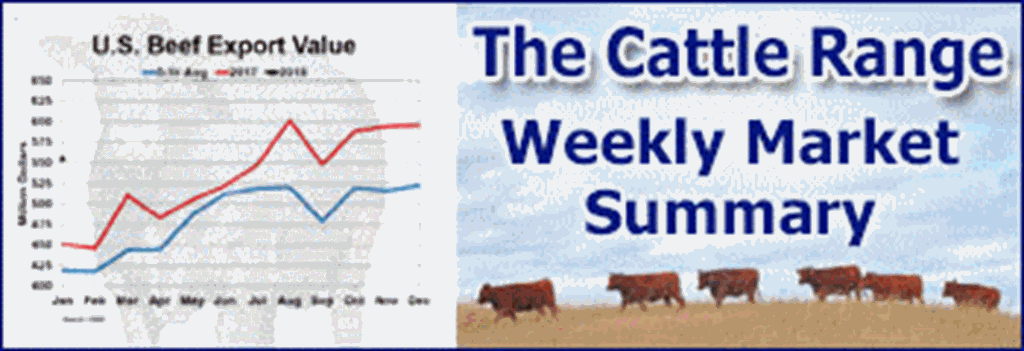Source: Barrons.com
Consumer spending may be moderating, but Americans' credit-card bills are mounting fast.
Americans' total credit-card balance hit a record of $1.03 trillion during the second quarter, according to the Federal Reserve Bank of New York's Quarterly Report on Household Debt and Credit. Last quarter was the first time credit-card debt surpassed the $1 trillion threshold in nominal terms since the New York Fed began tracking the data in 2003. Credit-card balances grew annually by 16.2% and 4.6% from the first quarter.
"Credit card balances saw brisk growth in the second quarter," wrote Joelle Scally, regional economic principal within the Household and Public Policy Research Division at the New York Fed. Not only have balances grown, but credit-card issuance rates are also on the rise, with 24 million new accounts opened during the second quarter.
There are now 70 million more credit-card accounts open than there were in 2019, before the pandemic. About 69% of Americans had at least one credit card last quarter.
Credit-card balances were the fastest-growing category of debt. Total household debt increased only 0.1% to $17.06 trillion. Although part of the surge in credit-card balances can be attributed to an increase in the number of accounts and rising interest rates -- the average is now 20.93% -- continued consumer spending is part of the story. And with Americans' surplus savings dwindling, there simply hasn't been enough progress in getting Americans to pull back on their purchases, said Wendy Edelberg, director of The Hamilton Project and a senior fellow in Economic Studies at the Brookings Institution.
It's particularly true among wealthier consumers who haven't been negatively impacted by inflation and higher rates.
As long as spending remains elevated, the Federal Reserve's inflation fight will be a slog. But if Americans' debt load gets too far out of hand, that too could cause economic turmoil that could push the U.S. into a recession.
"To get household finances and, indeed, the broader economy on a healthy track, goods spending -- in real terms -- just has to outright decline," Edelberg said. While there have been a couple of months where U.S. retail sales have declined outright, most recently in February and March, there needs to be a "string" of negative retail sales numbers to show a sustained pullback in spending, she said. Retail sales hit $689.5 billion in June, rising 0.2% from May, but overall have been fairly flat in recent months.
Edelberg says the tightness of the labor market has more to do with Americans' recent purchasing power than savings and stimulus payments left over from the pandemic. In fact, Edelberg's research shows that savings levels are down substantially from their pandemic-era highs. Inflation has eaten away at the real value of those funds.
"Even though wages and salaries haven't necessarily kept pace for everybody with inflation, we have a shocking number of jobs available," Edelberg said. That has helped keep debt levels at historical norms and delinquency rates largely in check so far.
And it is true that consumers don't appear to be in financial distress, according to the New York Fed data. Delinquency rates across all types of debt were relatively flat during the second quarter, though the share of debt recently transitioning into overdue increased for credit cards and auto loans. About 7.2% of credit-card accounts were 30 days overdue in the second quarter, an 11-year high.
Prior to the 2008 financial crisis, credit card delinquencies were "fairly widespread" and ticked even higher during that downturn, according to New York Fed researchers. Yet the current rates -- while above the extraordinarily low numbers seen during the pandemic, when people were spending less and government stimulus was helping households -- are still within historic norms.
"While delinquency rates have edged up, they appear to have normalized to prepandemic levels," Scally said.
Really frightening delinquency rates tend to hit when consumers lose their jobs and then struggle to pay their debts, Edelberg said. Thanks to the surprisingly resilient labor market, that hasn't come to pass yet in a big way. The unemployment rate for July, for instance, actually ticked down to 3.5%.
The headwinds are mounting, though. Various loans are becoming harder to obtain. The Fed's tight monetary policy finally seems to be putting a slight dent in rate-sensitive sectors and the labor market is showing signs of gradual cooling.
All of that is brewing up a stark choice for many consumers: cut back on spending or take on more debt -- and in many cases, very expensive debt. "I'd be surprised if we didn't see significant moderation, and maybe even an outright decline, in real spending on goods in the third quarter, " Edelberg said.












